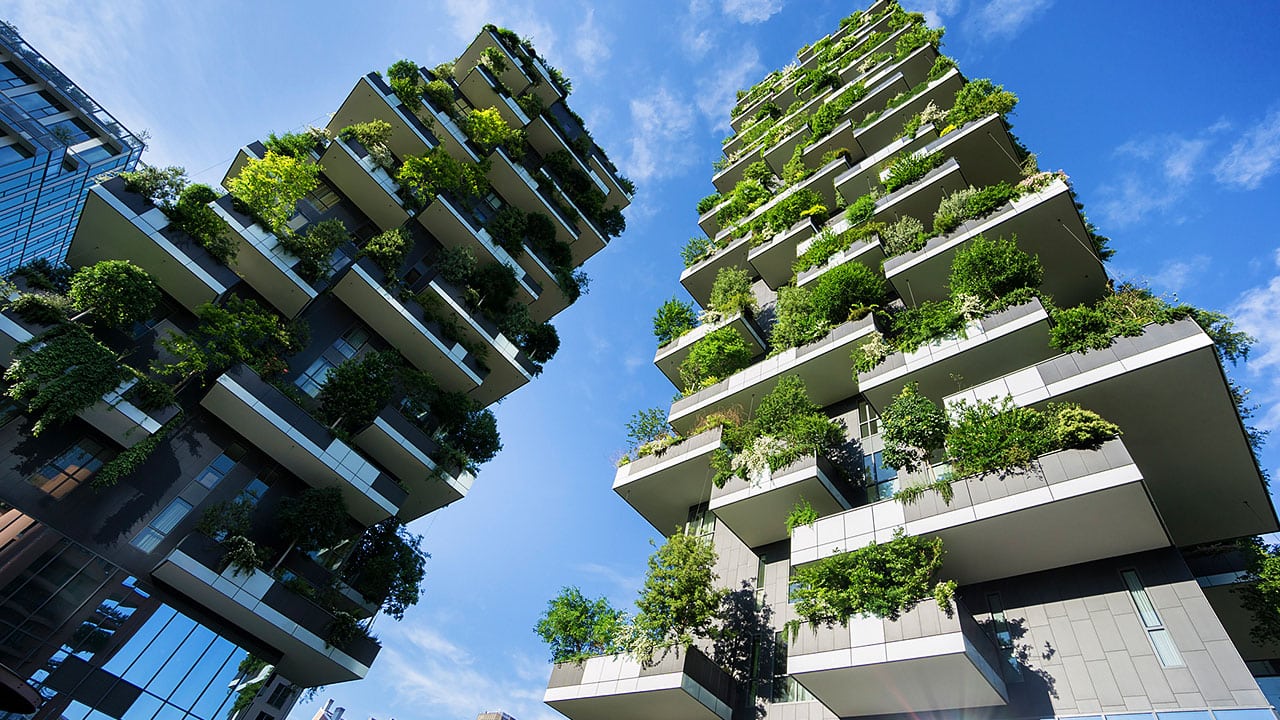Architectural design teams have made great strides in drafting and designing sustainable buildings for a variety of different uses. They use all kinds of different technologies, techniques, and modeling software to reduce a building’s environmental footprint. There are many considerations that go into designing sustainable architecture, such as the materials to be used, energy efficiency, and waste management. Professionals with an architectural design technology diploma can help some of the best and brightest create beautiful and elegant sustainable buildings.
Are you looking to cultivate an exciting career in technical design? Here are just some of the ways sustainable design is making its way into projects all over the country.
Sustainable Architecture Exists in Provinces all Across Canada!
Many examples of sustainable architecture across the nation have demonstrated such innovative designs that they have actually won awards. One such building is the Environmental Science and Chemistry Building in Ontario, which earned an award for many of the innovative methods that its design team used to lower energy consumption and reduce waste by a stunning 87 percent. Some of these designs included geothermal boreholes, which keep a building naturally heated by drawing heat out from deep soil and rock. This sustainable building also includes a rain capture system that recycles water for a number of different purposes. For graduates of architecture courses, buildings like these offer plenty of inspiration!

Many sustainable buildings blend in seamlessly with the environment
Energy Efficiency Strategies Professionals Use to Help Design Sustainable Buildings
Believe it or not, a lot of the energy consumed by buildings is used by air conditioners and heaters. As such, when design teams set down to draft a sustainable building they consider the best ways they can ventilate as well as insulate the structure. Good insulation ensures that less energy will be needed to power heat generating devices, which helps to reduce a building’s carbon footprint. Rather than rely on fiberglass and foam insulation, design teams working on sustainable architecture can opt to use eco-friendly materials like wool, cork, and cotton, all of which comes from renewable sources.
Design teams who have worked on sustainable projects also try drafting buildings that take advantage of solar shading, or solar control systems and devices. Solar shading utilizes things like plants, awnings, and trellises to reduce the amount of solar heat that can enter into a building through its windows. Graduates of architectural design technology college may also see sustainable buildings that make use of special solar control devices, such as light shelves and overhanging shades, which can help block out sunlight and reduce unwanted heat.
Helping to Design Sustainable Buildings with Renewable Energy Devices After Architecture Courses
Sustainable buildings use a variety of different devices to draw energy from natural resources, some of the most common being solar panels and wind turbines. Professionals with careers in architectural design & technology can help architects to design angled rooftops with 3D modeling software that, once fitted with photovoltaic solar panels, can collect enough sunlight to provide renewable power for the entire building.

Solar paneled rooftops can provide clean and renewable energy for a whole building
Wind turbines can be a little trickier. For starters, the smaller the wind turbine the more expensive it can be to have it installed and maintained on a sustainable structure. Design teams also need to consider whether or not the area has winds traveling up to 60 km/h to produce the energy necessary to keep the building running. Thankfully, crafty design teams can help determine the feasibility of these options. For graduates looking to make a difference and enjoy a rewarding career, these opportunities present a wonderful career path.
Are you ready for a career in architectural design technology?
Fill out the form for more information!



